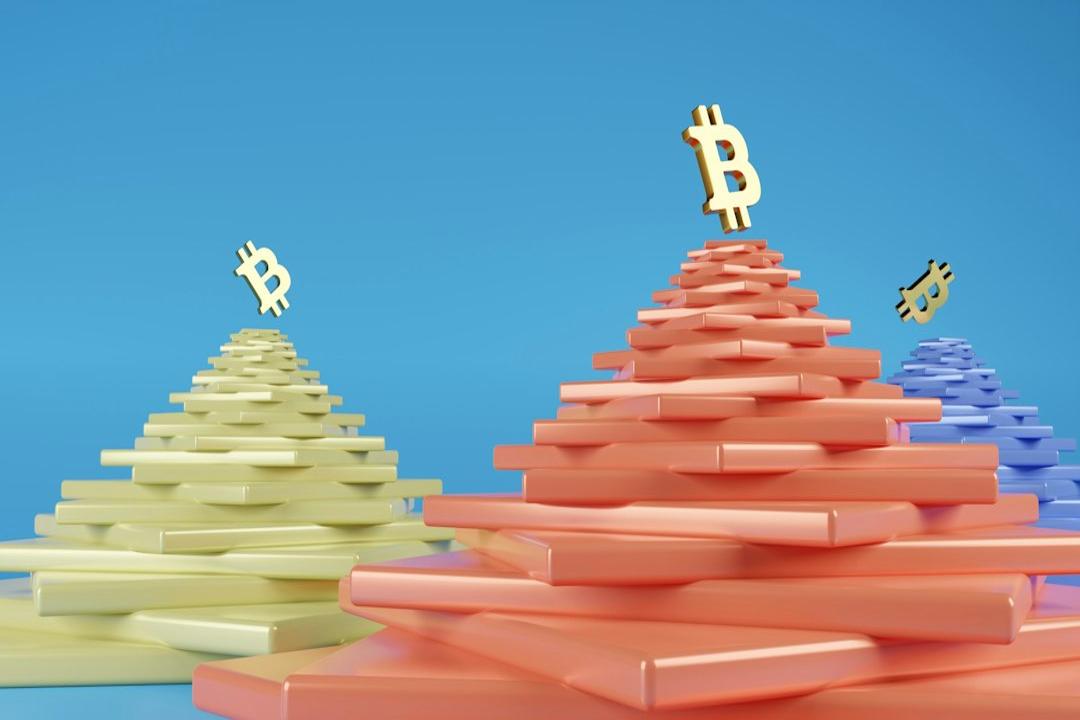1. The Logic of Market Speculation
In a bull market, the recognized logic of speculation in A-shares starts with brokerage firms leading the charge, followed by high-quality blue-chip stocks such as insurance and real estate, with steel, coal, and non-ferrous metals joining in the dance. Finally, there is the frenzy of thematic stocks, flooding the market to find undervalued areas, where themes play out and small-cap stocks soar. At the end of the bull market, opening an account requires connections, students no longer want to attend classes, the working class doesn’t want to go to work, security guards and housewives start sharing stock trading tips. Listed companies go crazy with secondary offerings and reductions, investors blindly take over, and after the frenzy, all that’s left is a mess…
Looking back at the 2021 crypto bull market, it has a similar flavor. It began with the narrative of DeFi Summer, with TVL doubling and driving Uni and Aave to skyrocket. This was followed by a unilateral uptrend in Btc and Eth, during which almost all themes and narratives experienced a surge, some multiplying several times, others even tenfold or hundredfold. In the later stages of the bull market, the crypto market saw a rise in the Meme sector, with representatives like Doge and Shib. After the meme surge ended, new narratives emerged, such as chain games and the metaverse, represented by Axs and Sand, leading to a frenzy in the market. However, after the speculation frenzy, the market adjusted due to various factors, never to return to its previous state.
Comparing the commonalities of bull markets in different fields, we can see that the core logic revolves around speculating on assets with high certainty and value first, followed by speculative sectors and races with narratives and hot topics, and finally ending with junk coins, air coins, and meme coins. However, with the rapid development and iteration of blockchain technology, new narratives and sectors have emerged, such as Ethereum Layer 2, re-staking, inscriptions, AI, etc. These narratives will eventually replace the old narratives of the previous bull market. Therefore, it is challenging to summarize a pattern from a thematic perspective and determine where the market currently stands in its development cycle. Here, we can summarize patterns based on market value.
Core assets (BTC and ETH) – High market value – Medium market value – Low market value – Meme – NFT / Others
2. Changes and Differences in This Bull Market
So, have you made money in this bull market?
Do you feel that the capital efficiency is insufficient, and the sectors you are bullish on suddenly experience a significant pullback?
Are value coins unable to keep up with MEME coins? Are the returns not as fast as trading Dogecoin?
Despite GameFi data continually hitting new highs and financing continuously, are you unable to capitalize on the trend?
The most direct feeling of this bull market is the lack of liquidity, poor profit-making effects, and no flourishing state. While ETFs inject super liquidity into BTC, this liquidity cannot spread to different sectors and industries. Although there are expectations of a Fed rate cut, it cannot guarantee that the hard-earned rate cut will significantly improve the current state of the crypto market. We need to understand that the funds flowing out of the rate cut may not immediately enter the crypto market; they may first fill in the liquidity gaps in the stock and real estate markets before flowing into the crypto market.
Therefore, in a situation of insufficient liquidity and the overlaying of ETFs, an extreme scenario arises where core assets rise, while other market values remain unchanged or even decline, and MEME coins experience a surge due to short-term speculative capital. However, this type of surge in the Meme sector is not sustainable in the long run and may last only a few days or even hours, which is also a manifestation of insufficient funds.
3. Summary
The fundamental aspects of the current market have changed compared to previous years, and the investment logic that was previously used needs adjustment and modification. We believe that the core reasons for the poor profit-making effects of this bull market are the lack of funds and the high valuation and low liquidity of coins. This leads to poor performance in the transmission of the secondary market to the primary market, compounded by the witchcraft situations and studio clusters in the primary market, further reducing the profit-making effects.
We cannot provide an accurate answer to determine the current stage of the crypto market or whether BTC will truly break through ten thousand. However, the market issues we have rationally analyzed are currently the most critical problems that need to be addressed. Perhaps only after gradually solving and changing these problems will the real crypto frenzy bull market arrive.

